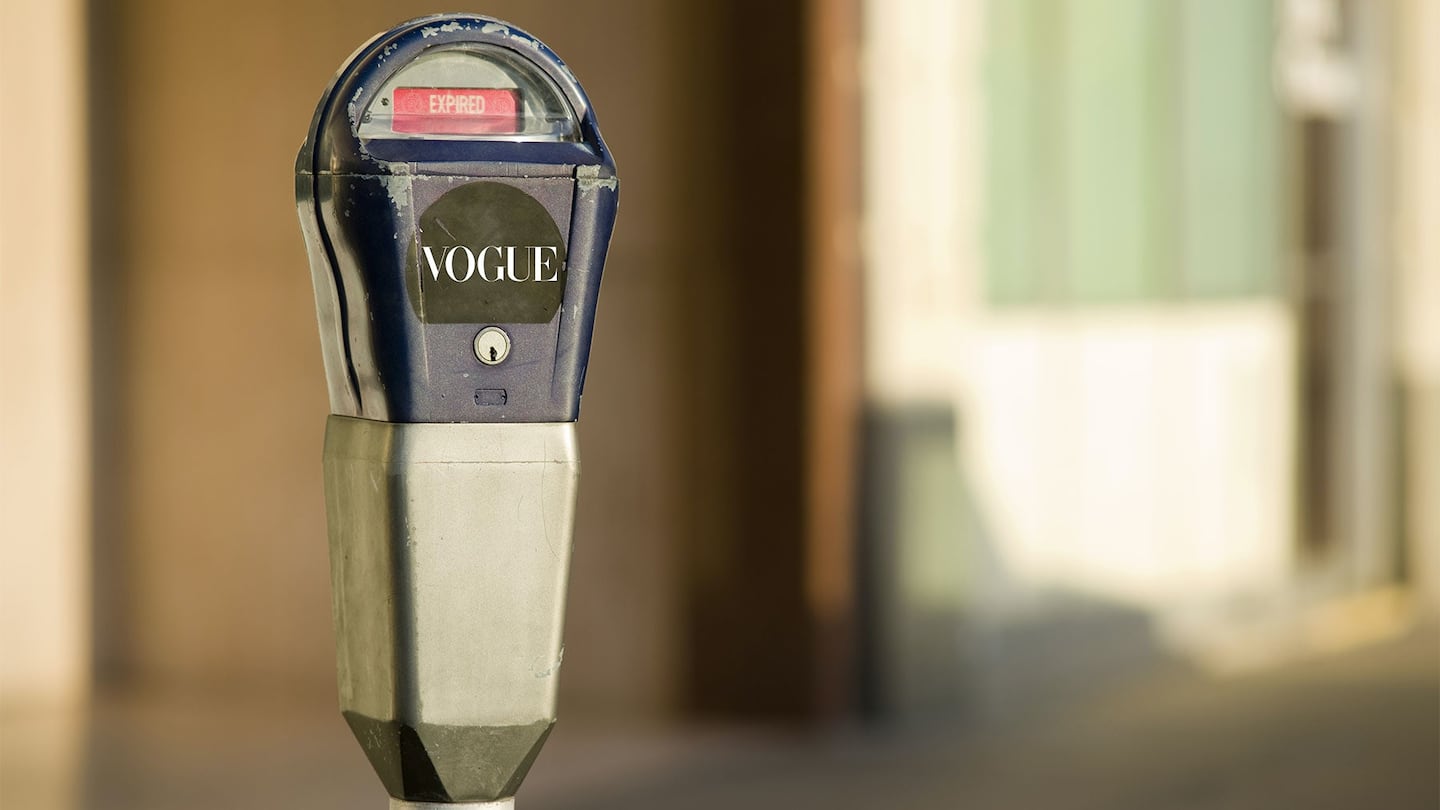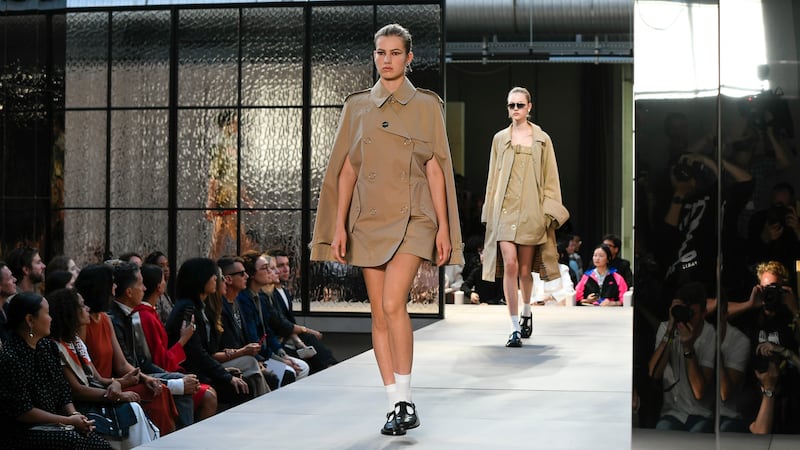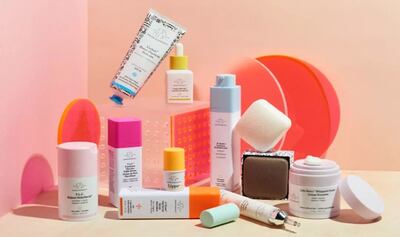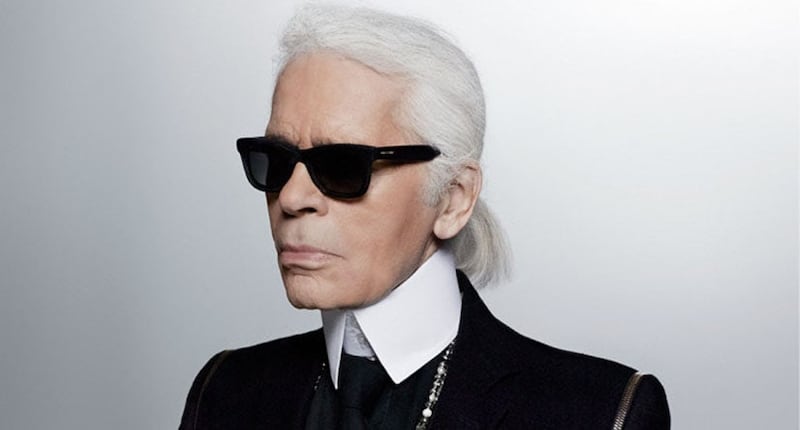
The Business of Fashion
Agenda-setting intelligence, analysis and advice for the global fashion community.

Agenda-setting intelligence, analysis and advice for the global fashion community.

Hello BoF Professionals, your exclusive 'This Week in Fashion' briefing is ready, with members-only analysis on the key topic of the week and a digest of the week's top news.
Earlier this week, legacy publisher Condé Nast announced sweeping plans to implement digital paywalls across its titles in the United States, including Glamour, Vogue and GQ. Currently, The New Yorker, Wired and Vanity Fair have metered paywalls, with The New Yorker's paywall driving $115 million in subscription revenue in 2018, up 69 percent from 2015, according to a report in the Wall Street Journal.
With annual subscriptions to The New Yorker ranging from $89.99 for a digital-only subscription to $119.99 for a digital and print subscription, this implies more than 1 million paying subscribers who drive almost enough revenue to cover the reported $120 million that Condé Nast is said to have lost in 2017, faced with a rapid and sustained decline in advertising revenue. No wonder the company is taking a closer look at digital subscriptions to secure its future.
Condé Nast isn’t alone. Paywalls are the latest trend amongst publishers looking fill the hole left by advertisers, which are spending more of their marketing budgets on creating their own content as well as advertising on digital platforms like Facebook, Google and Instagram where consumers spend huge amounts of time and they can micro-target the audiences they want to reach.
ADVERTISEMENT
In addition to selling access to articles, there are no doubt interesting opportunities for Condé Nast to turn some of its content into paid services. For instance, Bon Appétit might leverage its bank of recipes to create an indispensable cooking resource; the NYTimes Cooking App, for which users can pay $5 a month or $40 a year to access, has been a hit for the paper of record and has amassed more than 120,000 subscribers.
The Vogue Runway archive of reviews and images from fashion shows is an essential research tool, used by stylists and other fashion industry executives who may be willing to pay a fee to access it.
But not every Condé Nast title has very high-quality content like The New Yorker or a must-use product opportunity. Indeed, for a paywall to work, a publication needs to have must-use products, must-read stories or must-follow writers — and ideally a combination of all three. Trade and business publications often have these attributes, and they also have a leg up because consumers can write off those subscriptions as a business expense.
In a recent podcast, Condé Nast International president Wolfgang Blau spoke to Digiday about the opportunity in B2B subscriptions as well as "that whole ecosystem of conference and consulting and everything you can build around that."
“The borders are really blurry between B2B and B2C,” he added. “I’d say most of our conferences for instance are B2B, most of our current thinking goes more towards B2B, most of our editorial products — if not all — are B2C. They’re being sold as B2C while now the Vogues have a high share of B2B readers and in print it’s learnt behaviour to know which story is B2B or B2C. Digitally we want to untangle that a little bit over the course of this year.”
Perhaps Blau was referring to the imminent launch of Vogue Business, a new title that the company says will fill “the gap in the market for industry decision-makers, from start-ups to CEOs,” according to a press release, which will be issued next week. Vogue certainly has a sizeable following within the fashion industry, but the decision to use the consumer facing brand for a B2B title is curious and raises plenty of questions when it comes to the traditional influence held by Vogue advertisers and the real ability to do independent reporting.
Then, there’s the slew of publications in the Condé Nast portfolio such as Glamour, Self and Teen Vogue, which are fundamentally consumer propositions and will also have to compete with primary news sources like The New York Times and The Washington Post for share of wallet, as well as subscriptions to other consumer services, like Netflix, in a market where people spend only a small fraction of their total media-technology consumption time on publisher websites.
What’s more, it’s likely that these other Condé Nast subscriptions will cost nowhere near the price of a subscription to The New Yorker — which will soon charge $149 per year for a print and digital subscription — and will be more in line with Vanity Fair and Wired which currently charge $30 per year for a print and digital and will soon bump up their prices to $49 per year.
ADVERTISEMENT
The fundamental question is: how many people will pay? Condé Nast will need to convert a good portion of casual web browsers into paying readers, while retaining what's left of its print subscribers. It has already started to reduce its print issues for publications like Allure, W and Bon Appétit, and cut them altogether for Glamour and Self.
Magazine subscription figures were inflated for years, based on heavy consumer promotions which were used to acquire readers, similar to paid traffic acquisition online. (The department within Condé Nast long responsible for upping circulation was called “Consumer Marketing.”) The company could use equivalent tactics to up subscription numbers online, but to make the subscription model work it will also need to retain users to make paid acquisition tactics worthwhile over the long term.
But again, none of this gets to the core issue, which is that these businesses may never be as big as they once were. We no longer live in a culture where the likes of Vogue are singular bibles in their verticals and today’s consumers have a vast universe of media and technology platforms competing for what is ultimately a finite amount of attention.
For Condé Nast to make online subscription models work, they will have to construct entirely different businesses focused on delivering true excellence and value to their readers — not just pleasing their advertisers. Whether Condé Nast can pull off the pivot remains to be seen.
Editor’s Note: This article was revised on January 26, 2019. A previous version of this article misstated that The New Yorker has around 100,000 paying subscribers. This is incorrect. The publication has somewhere in the neighbourhood of 1 million paying subscribers.
THE NEWS IN BRIEF
FASHION, BUSINESS AND THE ECONOMY

Burberry Spring/Summer 2019 runway show in London | Source: Shutterstock
ADVERTISEMENT
Burberry says would pay a high price for no-deal Brexit. The British luxury brand said a no-deal Brexit would cost it tens of millions of pounds in tariffs and severely disrupt the movement of fabrics and finished products between its suppliers, manufacturing centres and stores. With Riccardo Tisci's debut collection hitting stores next month, the luxury brand reported a 1 percent rise in Christmas quarter same store sales, just shy of market forecasts of 2 percent growth.
The RealReal in talks with banks for IPO. The US online luxury reseller is talking to investment banks about the possibility of an initial public offering later this year, sources say. The RealReal declined to comment. In July last year, the company raised $115 million of private funding in a deal that valued it at $745 million.
Hugo Boss sales accelerate in key Christmas quarter. The German fashion house predicted more expansion this year after it saw sales growth pick up at the end of 2018, helped by strong growth in China, Britain and France as well as online. Sales rose 6 percent in the fourth quarter to €783 million ($889 million), beating average analyst forecasts for €762 million.
Investors dump Tod's shares after retail sales dip. A fifth straight year of declining retail sales sent shares in the Italian luxury goods group down 6 percent on Thursday. Tod's, which started a brand revamp at the end of 2017 to better compete in a fast-moving fashion market, has had negative retail sales for the last 21 consecutive quarters.
Patek Philippe watchmaker may come up for sale. The 180-year-old Swiss watchmaker could fetch €7 billion to €9 billion ($8 billion to $10 billion.) The company has been owned by the Stern family for almost a century, with Thierry Stern as chairman since 2009. A Patek spokeswoman declined to comment except to say that deal speculation often occurs during the annual watch fairs in Switzerland.
THE BUSINESS OF BEAUTY

Source: Drunk Elephant
Drunk Elephant exploring a sale. The rapidly growing skincare brand, known for its clean products and Instagram-friendly packaging, hopes to find a buyer sometime this year, with a potential asking price of $1 billion. The brand has been fending off sales offers since the end of 2016, when Estée Lauder was floated as a potential buyer. At the time, Drunk Elephant was said to be doing just $25 million in retail. Since then, sales have more than quadrupled, to $150 million last year.
Deciem founder Brandon Truaxe has died at 40. His death comes after a turbulent year clashing openly with Estée Lauder and his own management team, ordering stores to close and hijacking the website, all of which forced Estée Lauder to obtain an injunction in October that ended Truaxe's active role in the company. His last Instagram post received an outpouring of condolences on Monday afternoon as followers expressed surprise and sadness at the news of his passing.
"The lipstick effect" drives beauty sales in Asia. Fears of an economic slowdown have triggered a return of the "lipstick effect" — when financial conditions get tough, people may cut back their spending on big-ticket items, but still want to treat themselves to life's little luxuries. Lipstick sales in China grew 14.2 percent in the first half of 2018, bringing total retail sales of colour cosmetics to 127.6 billion yuan ($18.74 billion). It has also affected neighbouring South Korea, which saw a rise in cosmetics sales despite its economic downturn of 2018.
China's shared makeup pods spark debate over hygiene. A recently opened makeup-sharing pod in Wuhan, China has sparked a heated debate over the potential ramifications of sharing makeup with strangers. The booths, which have been springing up all over China since launch in October last year, contain a dressing table, mirror and a selection of high-end beauty products. The concept is designed to make luxury cosmetics accessible.
PEOPLE

Karl Lagerfeld | Source: Courtesy
Karl Lagerfeld was a no-show at both Chanel couture shows. The French fashion house hosted guests in a mocked-up Mediterranean garden for its couture show on Tuesday, though the octogenarian designer responsible for the collection and extravagant set, did not show up for his customary bow. Lagerfeld was too tired to attend the presentations this season, Chanel said in a statement.
Lanvin appoints new creative director. Bruno Sialelli has been appointed as creative director of the French luxury fashion house. Sialelli joins the brand from Loewe, where he worked under Jonathan Anderson as menswear design director. Previously, he held design roles at Paco Rabanne and Balenciaga, working under both Nicolas Ghesquière and Alexander Wang. Sialelli fills the spot left vacant by Olivier Lapidus, who exited in March, less than a year after his appointment.
Adam Selman leaves the runway for the gym. The independent New York designer and 2016 CFDA/Vogue Fashion Fund runner-up started his self-funded line in 2013 and soon became a NYFW favourite. However, his ready-to-wear line was not selling and Selman is now turning to athleisure with the launch of Adam Selman Sport (A.S.S.) this week.
MEDIA AND TECHNOLOGY
Vogue Runway is charging some brands to post their collection images. The site now includes brands that pay a $20,000 fee on its fashion week hub, displaying images from their shows alongside better-known labels like Chanel and Gucci. Joining Vogue Runway's index of designers and brands is seen in the industry as a stamp of legitimacy, dating back to its origins as part of Style.com in 2000.
Net-a-Porter launches kidswear collective. After the popularity of its Gucci and Dolce & Gabbana childrenswear pop-up e-shops with Net-a-Porter customers, the retailer is launching a multi-brand kidswear collective — an edit of brands that have all created exclusive capsule collections for the website.
Amazon starts direct sales of merchandise in Brazil after delays. Amazon is launching its long-awaited in-house fulfilment and delivery network in Brazil after months of delays caused by complicated logistics and a highly complex tax system in the largest Latin American economy. The shift from acting as a marketplace to stocking and delivering its own goods is expected to intensify competition for fast deliveries as Brazil exits a painful recession.
From analysis of the global fashion and beauty industries to career and personal advice, BoF’s founder and CEO, Imran Amed, will be answering your questions on Sunday, February 18, 2024 during London Fashion Week.
The State of Fashion 2024 breaks down the 10 themes that will define the industry in the year ahead.
Imran Amed reviews the most important fashion stories of the year and shares his predictions on what this means for the industry in 2024.
After three days of inspiring talks, guests closed out BoF’s gathering for big thinkers with a black tie gala followed by an intimate performance from Rita Ora — guest starring Billy Porter.